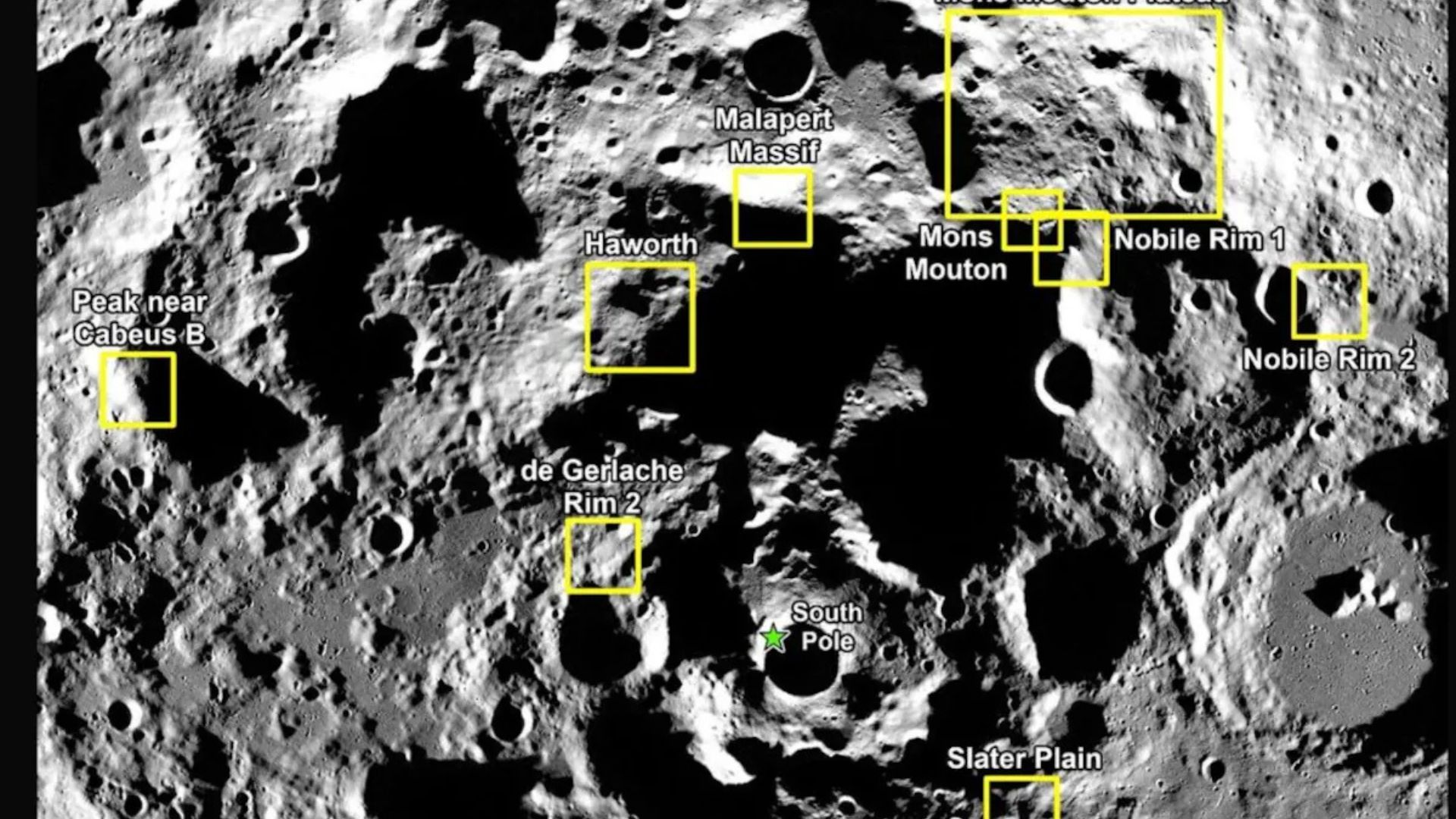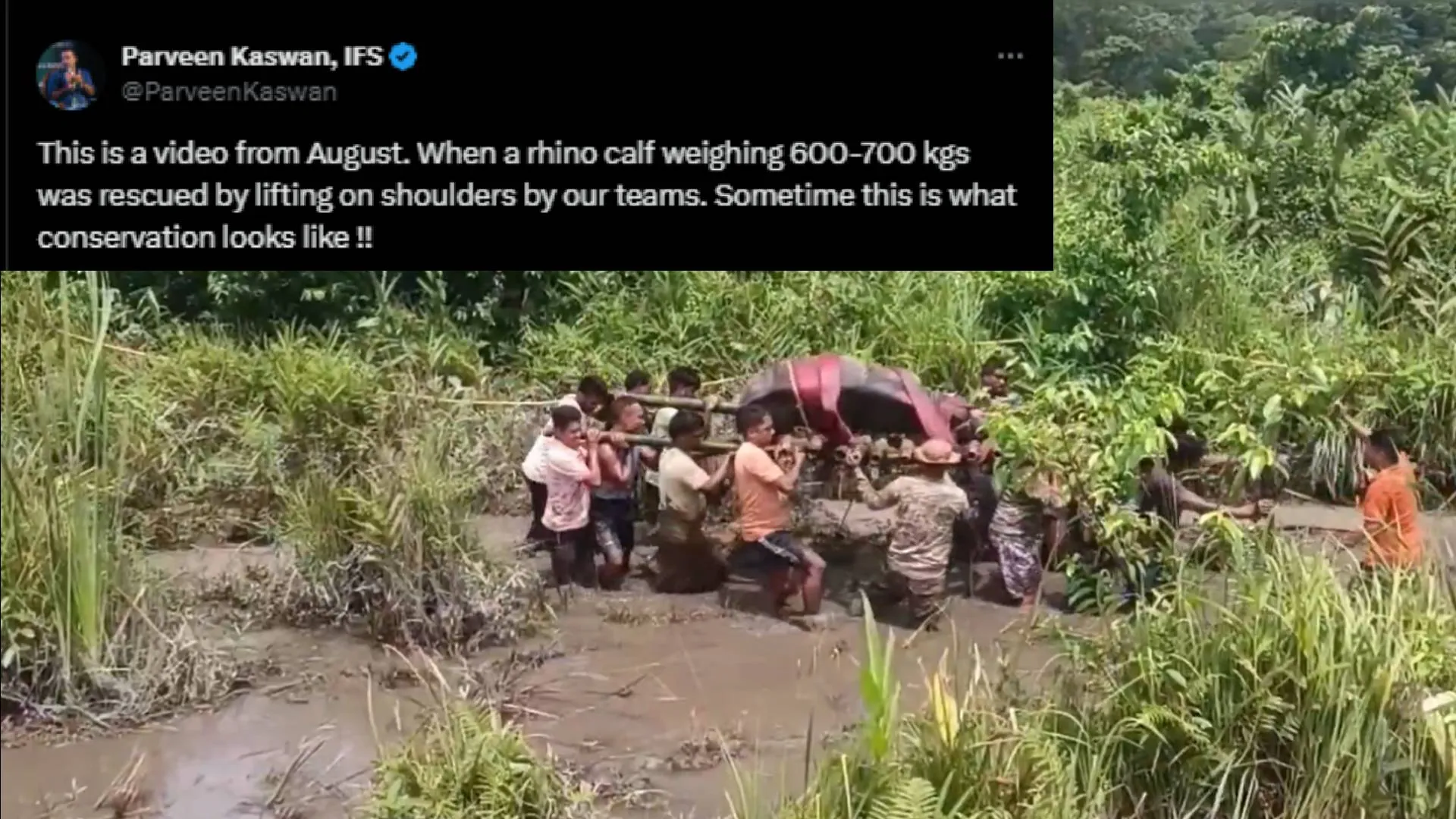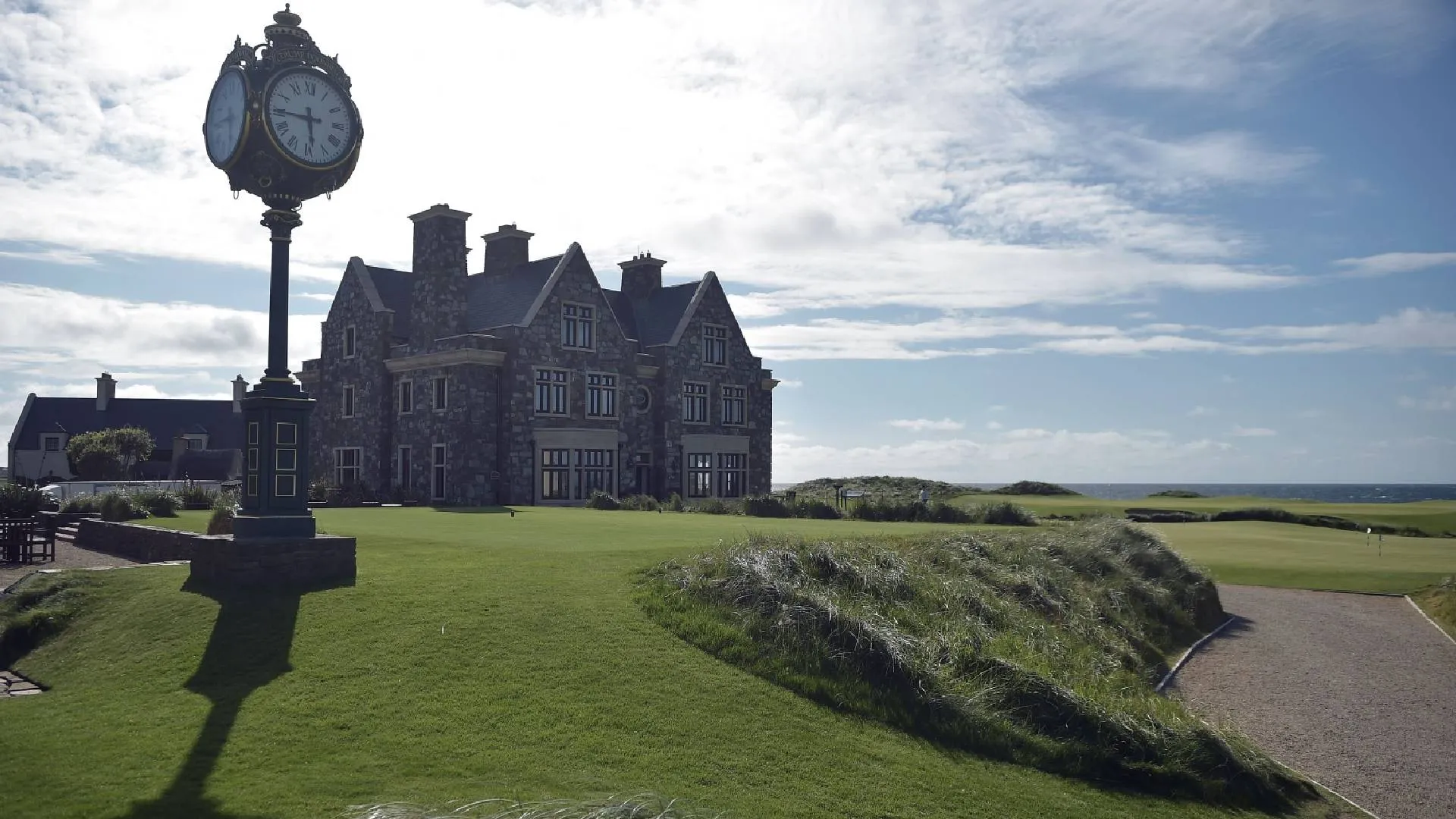NASA has announced nine potential landing zones near the Moon’s South Pole for the upcoming Artemis III mission, marking the agency’s first crewed lunar landing in over five decades. These sites will undergo rigorous scientific and technical evaluations, though NASA may expand its exploration scope for future missions.
The shortlisted locations include:
– Peak near Cabeus B
– Haworth
– Malapert Massif
– Mons Mouton Plateau
– Mons Mouton
– Nobile Rim 1
– Nobile Rim 2
– de Gerlache Rim 2
– Slater Plain
Each of these sites presents a unique opportunity to deepen understanding of rocky planets, lunar resources, and the solar system’s evolution. The Moon’s South Pole, untouched by previous human missions, contains regions of permanent darkness, potentially harboring critical resources like water.
Lakiesha Hawkins, assistant deputy associate administrator for NASA’s Moon to Mars Program, highlighted that “Artemis will return humanity to the Moon and visit unexplored areas,” emphasizing NASA’s commitment to ensuring safe landings near the lunar South Pole. “The selected regions offer opportunities for groundbreaking scientific discoveries and learning to inhabit the lunar surface.”
Sarah Noble, NASA’s Artemis lunar science lead, noted that the Moon’s South Pole is a “completely different environment” from Apollo landing sites, providing access to some of the Moon’s ancient terrain and shadowed areas likely containing water and other compounds.
A NASA team of engineers and scientists conducted a comprehensive analysis of the South Pole using data from the Lunar Reconnaissance Orbiter, evaluating scientific prospects, launch timing, terrain, Earth communication links, and lighting for optimal conditions.
NASA’s chief exploration scientist, Jacob Bleacher, said, “Artemis III will be the first time that astronauts will land in the south polar region of the Moon.” Final site selections will be determined after NASA confirms the mission’s launch window, which will define viable lunar surface conditions and approach paths.























